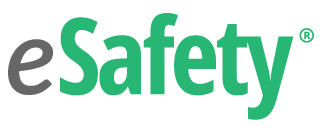Knowledge of the proper PPE and safe procedures is key to reducing your exposure to a chemical. PPE may include chemical resistant gloves, boots, eye and face protection, chemical suits, and respiratory protection, depending on the chemical you are handling.
Personal protective equipment is effective only if it is selected based on its intended use, you are trained in its use, and the equipment is properly maintained. Be sure to use the right type of PPE for the chemical you are working with, and ensure it is a good fit.
There are four major terms that you need to know that define the airborne concentration an individual may be exposed to over a given period of time. Permissible Exposure Limit, or PEL, is the maximum concentration of airborne contaminants to which an employee may be exposed, averaged over an eight-hour period.
Short-Term Exposure Limit, or STEL, is the maximum concentration of an airborne contaminant averaged in a short-term time weighted average, usually 15 minutes.
Ceiling Limit Value is an instantaneous airborne concentration that cannot be exceeded at any time. Obviously, this value is the highest limit of the three and must protect the worker from high peaks of airborne exposure.
Threshold Limit Value, or TLV, refers to airborne concentrations of substances and is determined by the American Conference of Governmental Industrial Hygienists, or ACGIH, which is a national consensus agency. This value represents conditions under which it is believed that nearly all workers may be repeatedly exposed, day after day, without adverse health effects. It should be noted that TLV is not a legal limit. However, PEL, STEL, and ceiling values are OSHA-regulated limits. Various states also have established limits, which are enforceable.
INTERESTED IN LEARNING MORE?
Get more information about the Hazard Communication course here.
